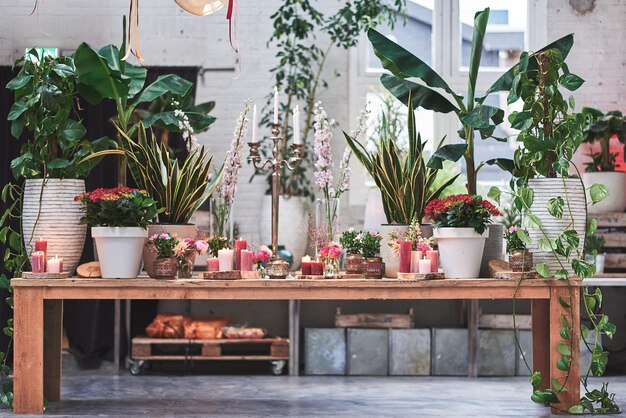
Sponsored article
Are you someone with a passion for green spaces but constrained by lack of outdoor space? This guide on how to create a vertical garden at home is the perfect solution. With vertical gardening, not only can you bring the tranquil ambiance of greenery within your home, you can also make optimal use of every bit of space available. Get ready to traverse the path of green living, right inside your urban abode!
Vertical gardening, an innovative technique for green-space enthusiasts in urban settings, maximizes the use of limited exterior and interior area by encouraging upwards plant growth. By applying this modern gardening method, even space-restricted environments can burst into lush, living greenery. The premise of vertical gardening is simple—instead of growing plants horizontally, we train them to grow upwards, or vertically.
Vertical gardening transforms ordinary walls into eye-catching, breathing statements that embody the convergence of urban living and love for nature. Whether it’s an outdoor wall or a portion of your interior space, an indoor garden can provide a touch of green to your urban lifestyle. So for city dwellers with a passion for greenery, vertical gardening is an excellent solution that makes the maximal use of space, greening spaces of all sizes.
Starting your own vertical garden can be a rewarding endeavor when you have the right vertical garden essentials. First, selecting optimal plants is key. Choose vines, ferns, succulents, and other climbing or trailing plants, as they adapt perfectly to the vertical setup. Next, focus on assembling the vertical garden materials. Essential items include a sturdy frame, waterproof backing, fabric layer for soil containment, potting soil, and a good watering system.
Digging into DIY vertical garden, follow these simple steps:
Enjoy the blossoming results of your effort, knowing you created this green oasis on your own.
Vertical garden care requires diligence and a tailored approach, particularly for indoor settings. Attention to plant maintenance in terms of water, light, and nutrient needs is fundamental. A common challenge with indoor vertical gardens is providing an adequate and uniform supply of water to all plants. Unlike conventional gardens, vertical gardens may demand the employment of drip irrigation or self-watering systems to ensure each plant’s hydration needs are met consistently.
Indoor gardening tips often emphasize the importance of a good watering system to help prevent under or overwatering. With vertical garden watering, it’s essential to design a system that waters your plants from top to bottom, delivering the right amount of water to each plant. Regular monitoring and maintenance of your watering system will ensure it serves your garden efficiently and prolongs the lifecycle of your indoor plants. Incorporating these practices can help you sustain a thriving indoor vertical garden.